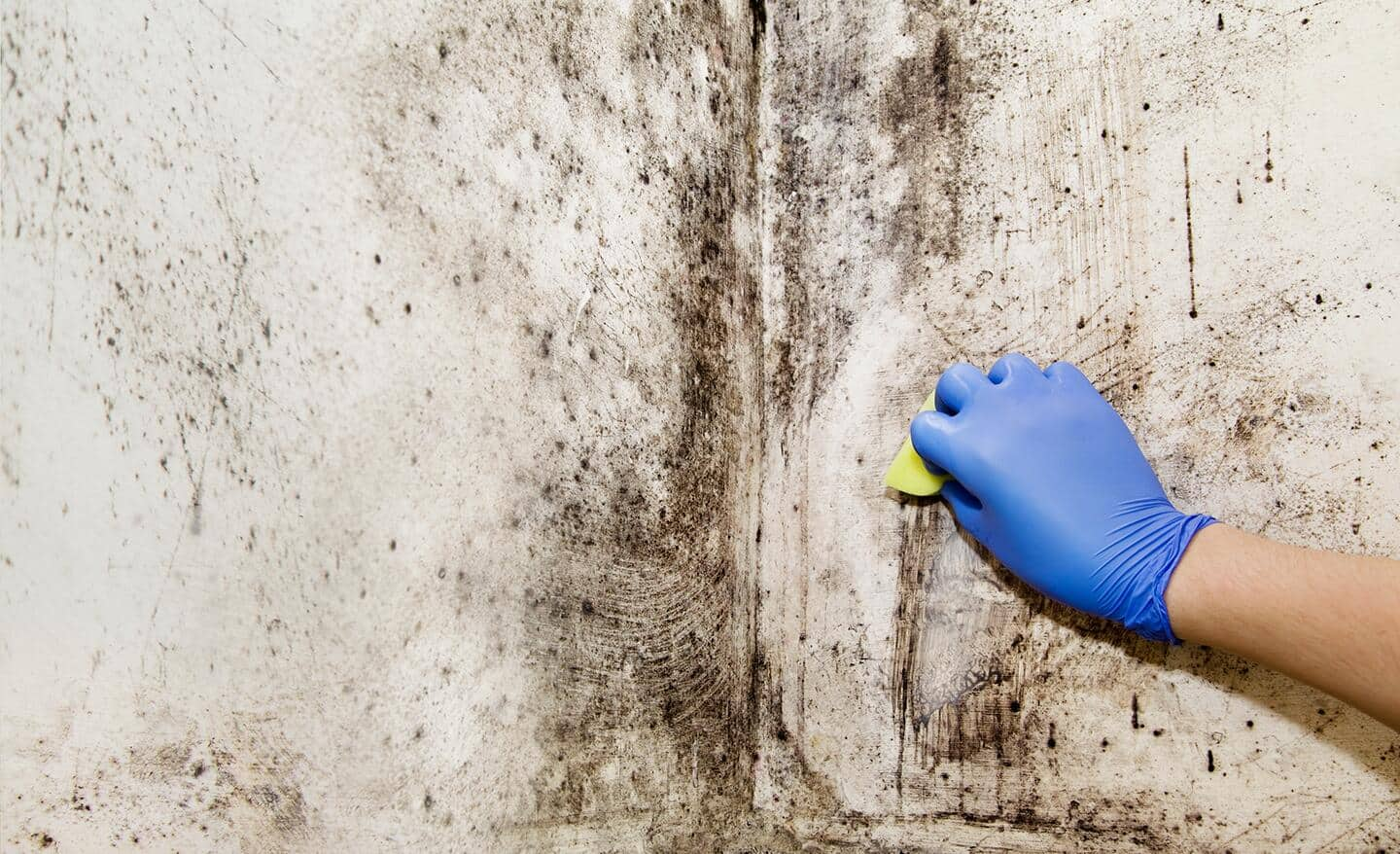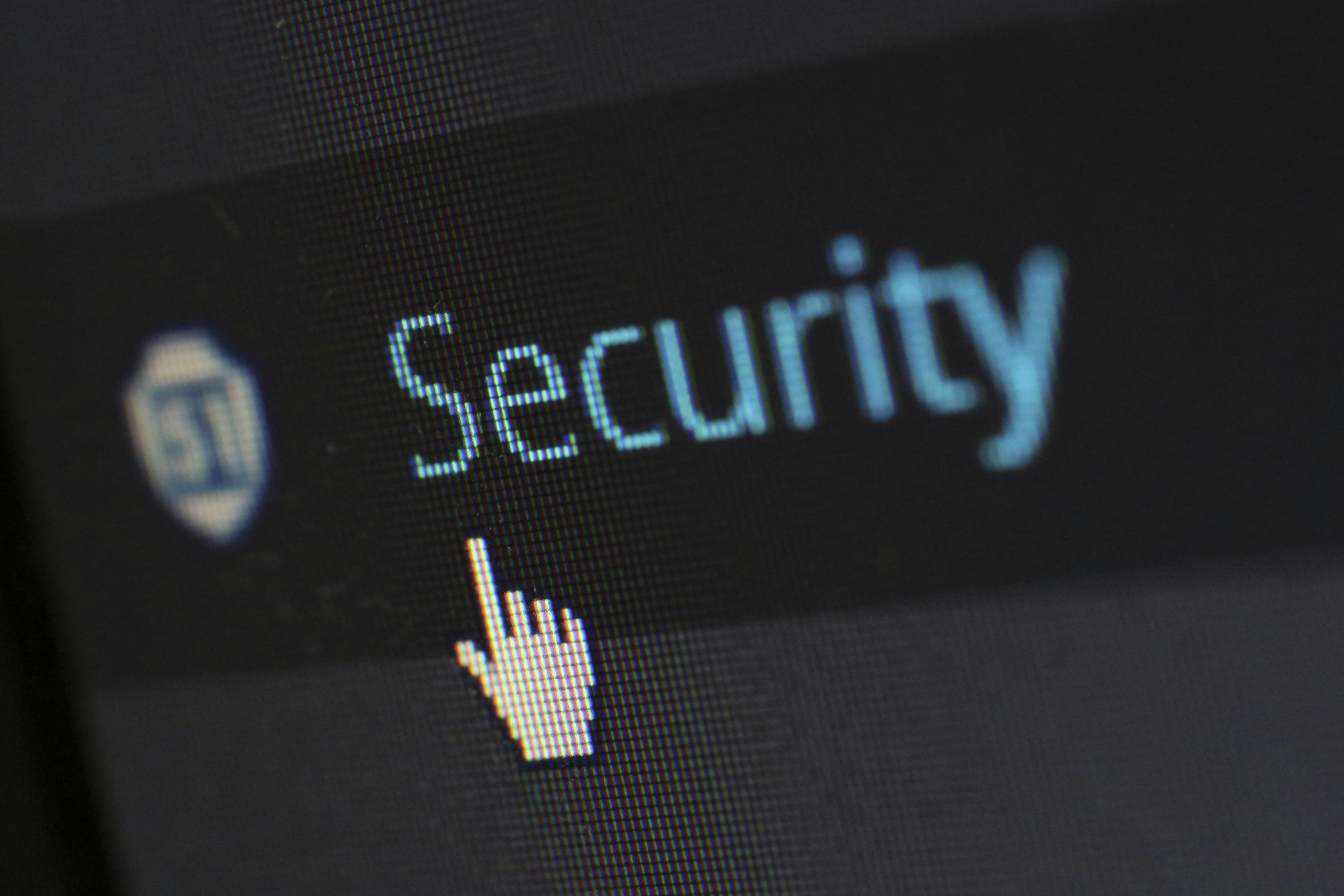Essential Guide to How to Properly Take a Picture of the Northern Lights in 2025
The northern lights, or aurora borealis, are one of nature's most spectacular displays, captivating viewers with their vibrant colors and shifting patterns. As we step into 2025, many photography enthusiasts are eager to learn how to effectively capture these stunning lights on camera. Whether you're a beginner or a seasoned photographer, this guide provides essential tips on how to photograph the northern lights, including the best camera settings, ideal locations, and techniques for managing low light conditions.
Capturing the beauty of auroras is not just about pressing the shutter button; it requires a blend of preparation, knowledge, and a bit of luck with timing. In this article, we'll explore photography equipment for auroras, the optimal time for northern lights photography, and key compositional techniques to enhance your images. Along the way, we will include examples and expert recommendations, ensuring you’re well-prepared for your next adventure under the starry skies.
So, gear up as we dive into the essentials for capturing one of the most mesmerizing phenomena our planet has to offer.

Essential Tips for Capturing Auroras Effectively
Before you embark on your northern lights photography journey, having a solid understanding of essential techniques is crucial. Taking pictures of auroras can be tricky due to the ever-changing conditions and low light levels. One of the most important aspects is understanding your camera and how to adjust its settings effectively.
Understanding Exposure Settings for Northern Lights
When photographing the northern lights, exposure settings play a vital role in capturing the elusive colors and details. Start with a long exposure, typically ranging from 5 to 30 seconds, depending on the brightness of the aurora. The right ISO setting can significantly impact the quality of your photos; a higher ISO can help you capture more light but may introduce noise.
It's essential to experiment with these settings to find the perfect balance for your shooting conditions. Pay attention to your camera's histogram—ensuring you don't have too much overexposure can protect the vibrant details of the auroras.
Using Tripods and Remote Shutter Releases
To capture the best images, a sturdy tripod is an indispensable piece of photography equipment for auroras. Tripods keep your camera steady during long exposures, preventing any blurriness from camera shake. For the best results, also consider utilizing a remote shutter release to avoid any vibrations when taking pictures.
Many wildlife and landscape photographers recommend using a tripod with adjustable legs for uneven surfaces often found in remote aurora viewing locations. This stability will enable you to focus on getting the perfect shot rather than worrying about camera shake.
Choosing the Right Lenses for Northern Lights Photography
Ideal lenses play a significant role in photographing auroras. Wide-angle lenses, typically with an aperture of f/2.8 or lower, are preferred for their ability to capture vast landscapes along with the dynamic skies. This allows you to integrate stunning foreground elements—like mountains or trees—while giving the northern lights ample space to shine.
Planning Your Northern Lights Trip
Once you're well-versed in camera settings, the next step is to plan your trip to see the northern lights. Knowing when and where to go is crucial for successful aurora photography. Monitoring aurora activity forecasts and picking the right time of year can significantly enhance your chances of witnessing this breathtaking phenomenon.
Best Locations for Northern Lights Viewing
There are numerous locations throughout the world renowned for their northern lights displays, including Tromsø in Norway, Fairbanks in Alaska, and Yellowknife in Canada. Each of these destinations offers chances for fantastic aurora photography due to their geographical locations and low light pollution levels. Research local guides and photography workshops in these areas, as they often provide invaluable insights into optimal viewing spots.
Understanding Light Pollution and Weather Conditions
Light pollution can severely impact your ability to capture the northern lights. When planning your photography session, aim for remote areas with minimal artificial lighting. Use apps to check the aurora forecast and potential light pollution levels, ensuring you maximize your chances for those clear night skies essential for vivid aurora displays.
Preparing for Cold Weather While Shooting
Shooting in cold weather adds another layer of complexity to northern lights photography. Staying warm is vital, as prolonged exposure to cold can affect both your comfort and equipment performance. Dress in layers and keep your camera's battery in an inside pocket to help maintain its power in frigid temperatures, ensuring you don't miss those perfect shots.

Maximizing Your Night Photography Skills
Once you're in position to capture the auroras, it's time to put your skills to the test. Taking time to review night photography tips can significantly enhance your experience and image quality. Understanding and practicing various techniques will help you develop your unique style.
Focusing in the Dark for Auroras
Focusing in dim light can be challenging, but there are effective techniques to ensure sharp images. Use your camera's live view function to achieve accurate focus on a distant light or use a flashlight to illuminate the subjects around you, allowing you to set focus before switching to manual mode. Once you have your focus, make minor adjustments to maintain sharpness during exposures.
Editing Northern Lights Photos for Maximum Impact
Post-processing is essential in elevating your northern lights photography. Shooting in RAW format gives you greater flexibility in editing. You can enhance colors and contrast, bring out the dynamic aspects of the auroras, and even correct minor exposure issues. Popular editing software like Adobe Lightroom or Photoshop can assist in achieving stunning results, taking your initial captures to the next level.
Common Mistakes to Avoid When Photographing Auroras
One common mistake is overexposing the northern lights due to incorrect settings or insufficient knowledge about histograms. It's crucial to remember that the auroras can be brighter than you think! Additionally, not preparing for changing weather conditions can lead to missed opportunities. Always check your equipment and stay flexible in your approach—patience is key when it comes to aurora photography.
Frequently Asked Questions About Northern Lights Photography
What are the best camera settings for northern lights photography?
Optimal settings typically include a long exposure (5-30 seconds), high ISO (800-3200), and an aperture of f/2.8 or lower. Always take several test shots to find the best balance.
When is the best time to see the northern lights?
The northern lights are typically visible from late fall to early spring, with peak visibility around the winter months when the nights are longest and skies are clearest.
What equipment do I need for aurora photography?
Key equipment includes a DSLR or mirrorless camera, wide-angle lenses, tripods, and remote shutter releases. Carry extra batteries, especially in cold temperatures, for consistency in power.
Conclusion and Key Takeaways
Photographing the northern lights is an incredible adventure that blends creativity with the spectacular beauty of nature. By understanding the essential components of aurora photography, including equipment choices, identifying prime locations, and mastering camera settings, you'll be well on your way to capturing breathtaking images. Remember to embrace the experience, explore the stories that unfold with each shot, and above all, enjoy the journey of photographing one of nature's most stunning spectacles.
For more insights and tips, consider exploring additional resources on northern lights photography here and for related techniques on night photography, check out this link here.
